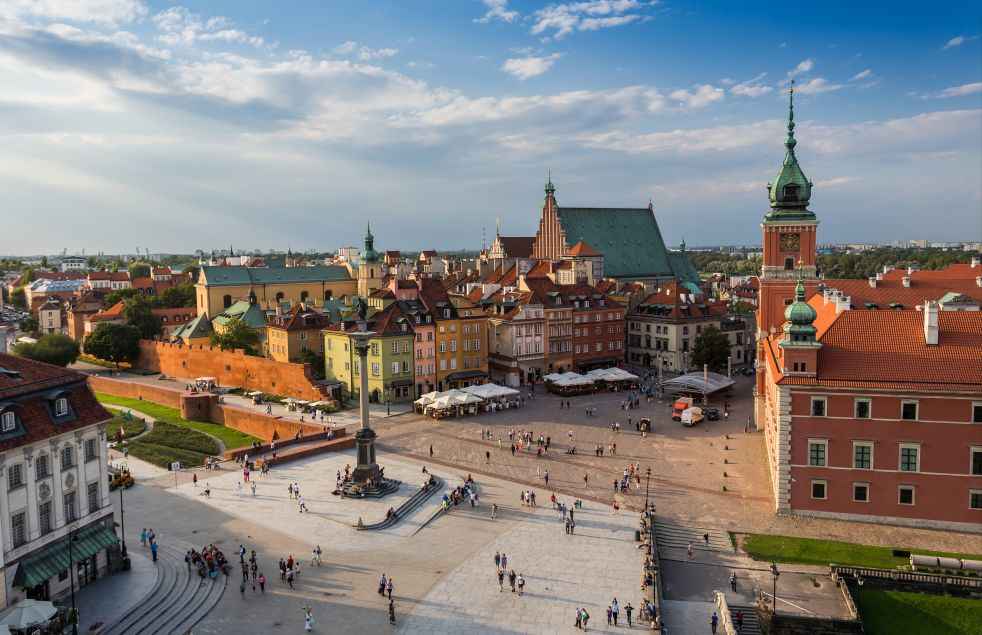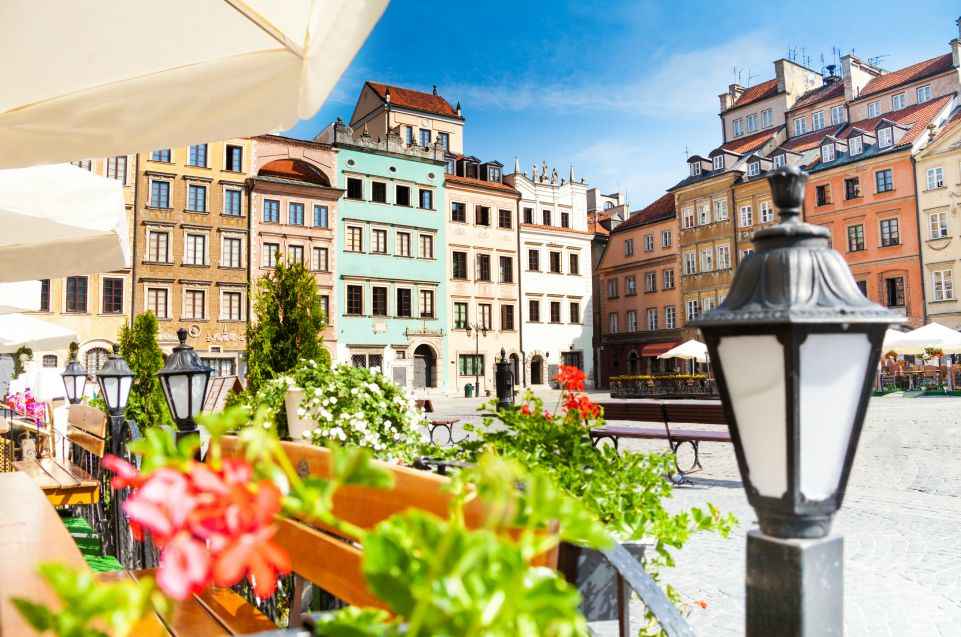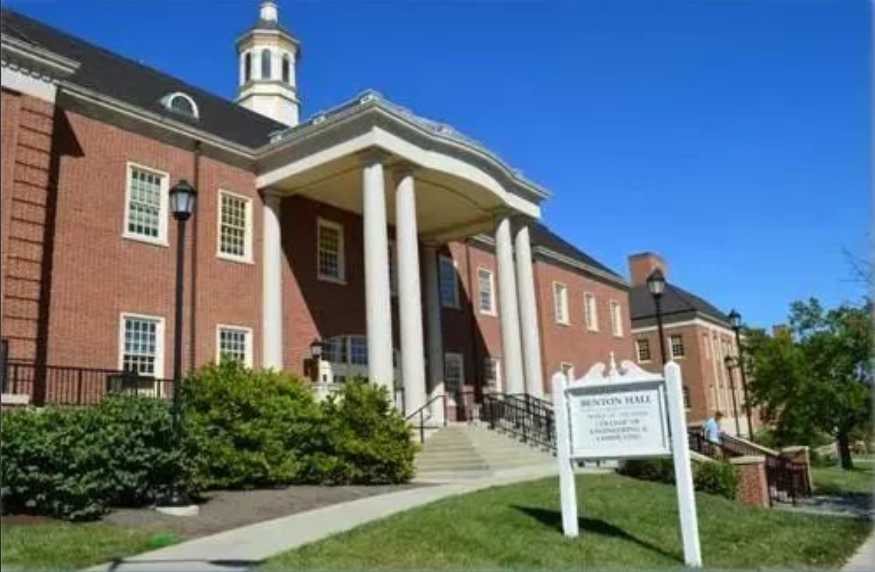Warsaw's Old Town (Polish: Stare Miasto), the oldest district of Poland's capital, embodies a nation's phoenix-like resilience. In August 1944, Nazi forces systematically destroyed 85% of this 600-year-old city during the Warsaw Uprising, leaving only rubble and ashes . Yet, over two decades, the Polish people meticulously reconstructed it to its pre-war glory, earning its place on the UNESCO World Heritage List in 1980 as "an outstanding example of near-total reconstruction spanning the 13th to 20th centuries" .
The revival relied on pre-1939 archives, vintage photographs, and oral histories. Over 70% of original bricks and sculptural fragments were salvaged from ruins, while secret wartime surveys by Warsaw University's architecture students and 18th-century paintings by Bernardo Bellotto (Canaletto) provided precise blueprints . The Market Square reopened in 1953, followed by the Royal Castle, churches, and palaces, with interiors restored to 18th-century opulence .
Source: Images from the Internet, if there is any infringement, please contact the removal of
Strolling through the Old Town, Gothic spires of St. John's Cathedral tower beside the Baroque Krasiński Palace. The Castle Square's Sigismund III Vasa Column commemorates the 16th-century 迁都,while the Mermaid Statue—Warsaw's emblem—wields a sword and shield, symbolizing the city's indomitable spirit . In Łazienki Park, the Water Palace hosts summer weekend concerts under Chopin's statue, preserving the "City of Music" legacy .
Today, the Old Town blends heritage with modernity. The 2025-launched "Digital Reconstruction Experience" uses VR to revive pre-war streetscapes, allowing visitors to "walk" through the 1944 Market Square . Meanwhile, Chopin Museum's AI piano exhibit lets travelers duet with a virtual maestro, bridging music and history . This "youngest medieval city" continues to redefine cultural preservation, proving resilience is its greatest legacy.









